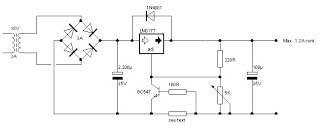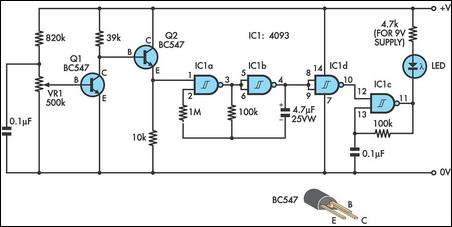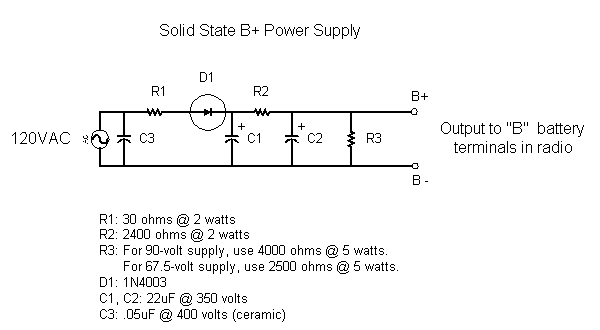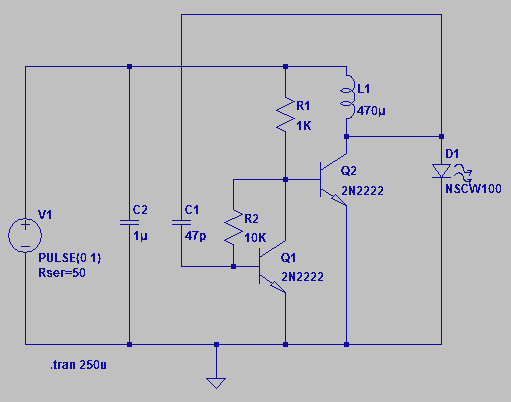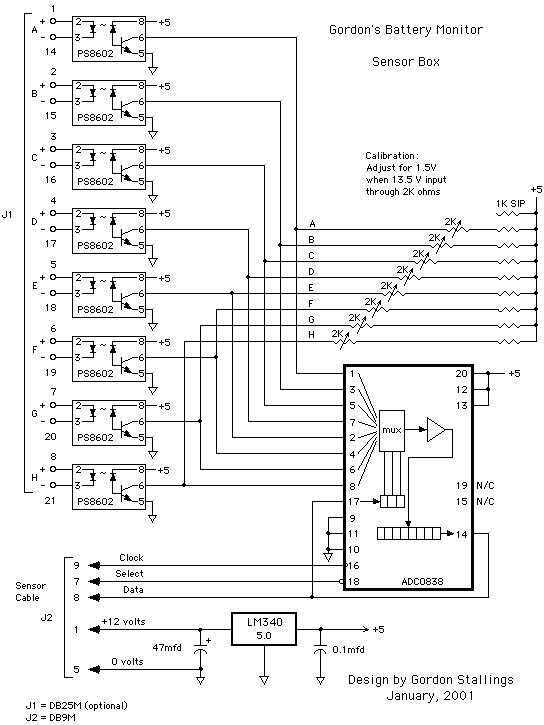
build automatic car battery charger
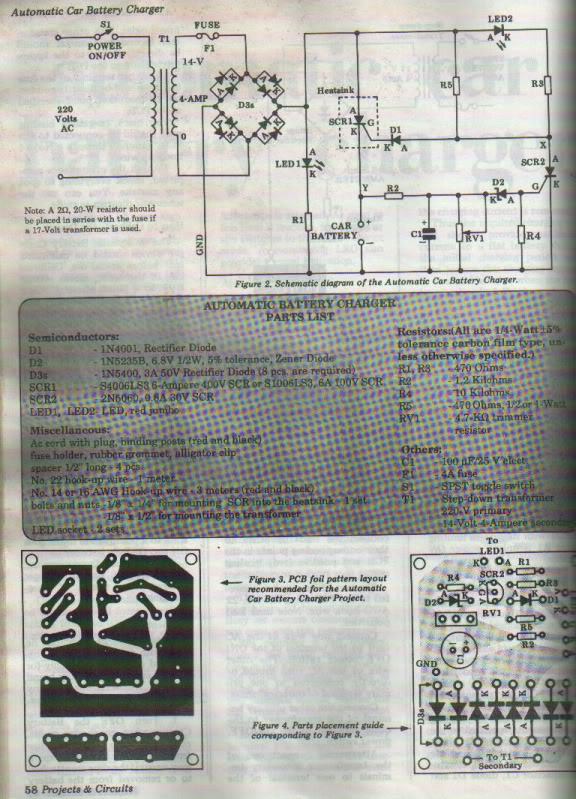
This project is designed for individuals interested in constructing their own Automatic Battery Charger. It has been developed by duc_tech.
The Automatic Battery Charger project involves creating a circuit that can efficiently charge batteries without requiring constant supervision. The design typically includes several key components: a power supply, charging circuitry, a control system, and various safety features.
The power supply provides the necessary voltage and current to charge the battery. It may utilize an AC to DC converter if the input is from an AC source. The charging circuitry is responsible for regulating the voltage and current supplied to the battery, ensuring that it is charged according to the specifications of the battery type being used.
A microcontroller or a dedicated charging IC can serve as the control system. This component monitors the battery's voltage and current levels and adjusts the charging parameters accordingly. It can also incorporate features such as temperature sensing to prevent overheating and timers to manage charging cycles.
Safety features are crucial in any battery charging system. These may include over-voltage protection, over-current protection, and short-circuit protection to ensure the safe operation of the charger and the longevity of the battery.
The schematic for this project would typically include connections for the input power, the battery to be charged, and the various components mentioned. Proper layout and component selection are essential for optimal performance and reliability. The circuit can be built on a PCB or a breadboard for prototyping, with careful attention paid to the placement of components to minimize noise and enhance efficiency.
This project not only provides practical experience in electronics but also results in a functional device that can be used to maintain battery health over time.This is a project for those who want to build their very own Automatic Battery Charger. This is a project made by duc_tech.. 🔗 External reference
The Automatic Battery Charger project involves creating a circuit that can efficiently charge batteries without requiring constant supervision. The design typically includes several key components: a power supply, charging circuitry, a control system, and various safety features.
The power supply provides the necessary voltage and current to charge the battery. It may utilize an AC to DC converter if the input is from an AC source. The charging circuitry is responsible for regulating the voltage and current supplied to the battery, ensuring that it is charged according to the specifications of the battery type being used.
A microcontroller or a dedicated charging IC can serve as the control system. This component monitors the battery's voltage and current levels and adjusts the charging parameters accordingly. It can also incorporate features such as temperature sensing to prevent overheating and timers to manage charging cycles.
Safety features are crucial in any battery charging system. These may include over-voltage protection, over-current protection, and short-circuit protection to ensure the safe operation of the charger and the longevity of the battery.
The schematic for this project would typically include connections for the input power, the battery to be charged, and the various components mentioned. Proper layout and component selection are essential for optimal performance and reliability. The circuit can be built on a PCB or a breadboard for prototyping, with careful attention paid to the placement of components to minimize noise and enhance efficiency.
This project not only provides practical experience in electronics but also results in a functional device that can be used to maintain battery health over time.This is a project for those who want to build their very own Automatic Battery Charger. This is a project made by duc_tech.. 🔗 External reference
